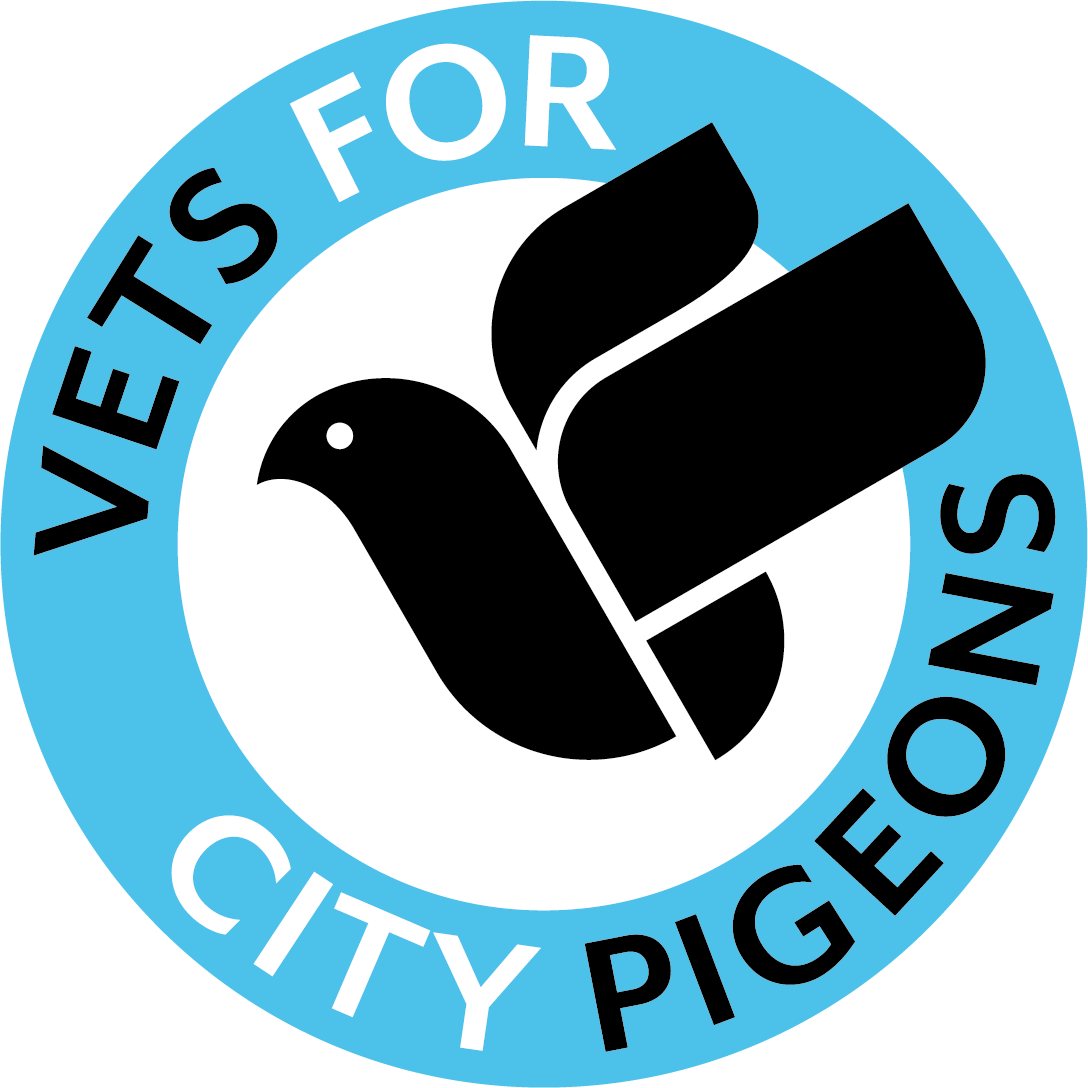Risks
Is R-12 toxic?
R-12 is a medicine. If it was toxic, it would never be registered as a medicine in Belgium.
Does R-12 contain hormones?
R-12 does not contain any hormones, which makes it a unique contraceptive method. Infertility is a side-effect of the active ingredient and has nothing to do with traditional contraceptives. The effect is fully reversible; fertility is fully restored after 4-6 days. There is therefore no possibility of deformities or injuries in offspring.
Is R-12 harmful for other birds?
R-12 is not dangerous for other birds. The dominant character of urban pigeons does not give other birds and pigeon species the chance to join in eating the corn. Furthermore, other birds are not anatomically able to ingest the kernel. Feeding places are also monitored by cameras to avoid any risk for other animals. This means we can intervene quickly if necessary.
Birds of prey also don’t suffer any consequences from R-12. They do not become sick or infertile if they eat a pigeon that has ingested R-12. So the pair of peregrine falcons nesting in the church tower can continue to hunt and breed safely.
Migratory birds are not in danger either. The chance of migratory birds landing on a feeding site (usually flat roofs) during their migration is very small. They have little interest in the corn, and if they do take a chance, they are immediately chased away by the dominant pigeons. If a migratory bird does manage to take corn 5 days a week, the active ingredient will break down within 4-6 days. This means that the fertility is more than restored when the migratory birds arrive at their breeding ground.
Are there any risks for the environment?
The EFSA (European Food Safety Authority) wrote the following in March 2010: ‘Nicarbazin was not an irritant or sensitiser to skin. No safety concern for soil compartment, groundwater or by secondary poisoning was identified.’ This means nicarbazin does not have any negative effects on the environment.
R-12 only contains a very small amount of nicarbazin. A single R-12 corn kernel is coated with approximately 0.00032 grams of nicarbazin and has a water-repellent coating. Any surplus corn kernels are cleaned up after feeding. If any kernels remain, the water-repellent coating prevents nicarbazin from coming into contact with the soil.
For example: a pigeon ingests around 10 grams of R-12 while feeding. At a feeding place for 50 animals, we therefore sprinkle 500 grams of R-12, which equates to 0.4 g nicarbazin. Suppose that there are still 25 kernels left after cleaning up, then this means that 0.008 grams of nicarbazin is left behind. The water-repellent coating on the kernels means it’s highly unlikely that this 0.008 grams of nicarbazin will fully disappear into the soil.
Vets For City Pigeons
Serviced by NeoControl bv
Kolonel Dusartplein 1/73500 HasseltBelgium
